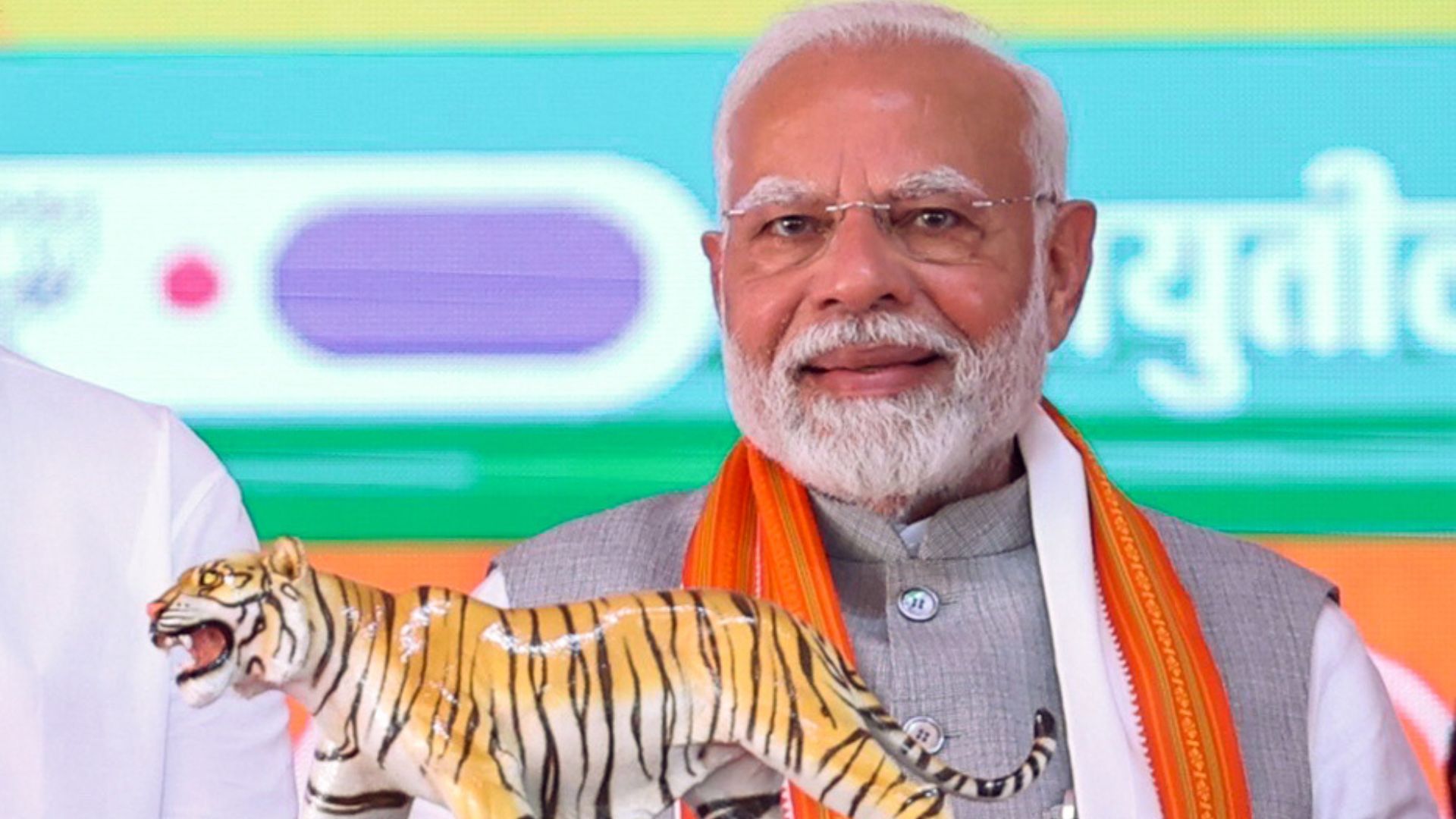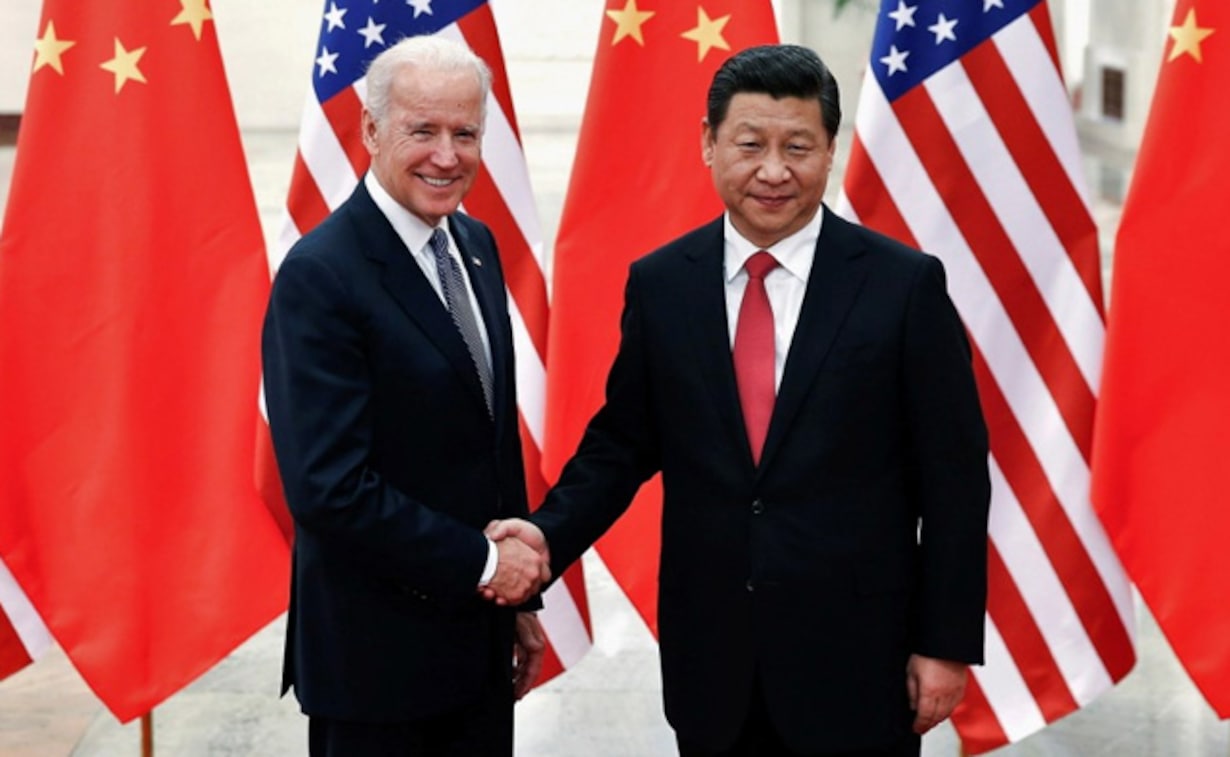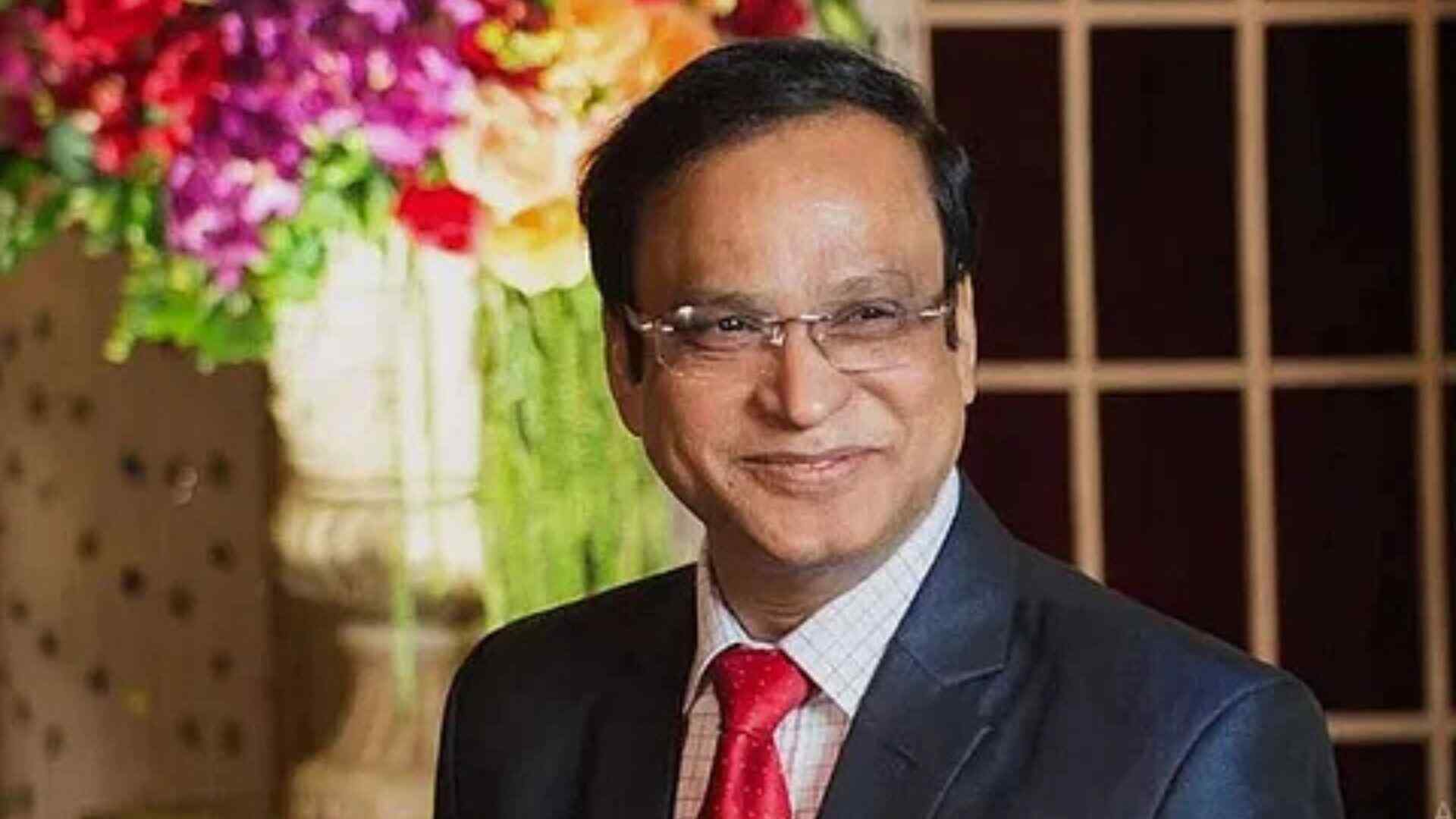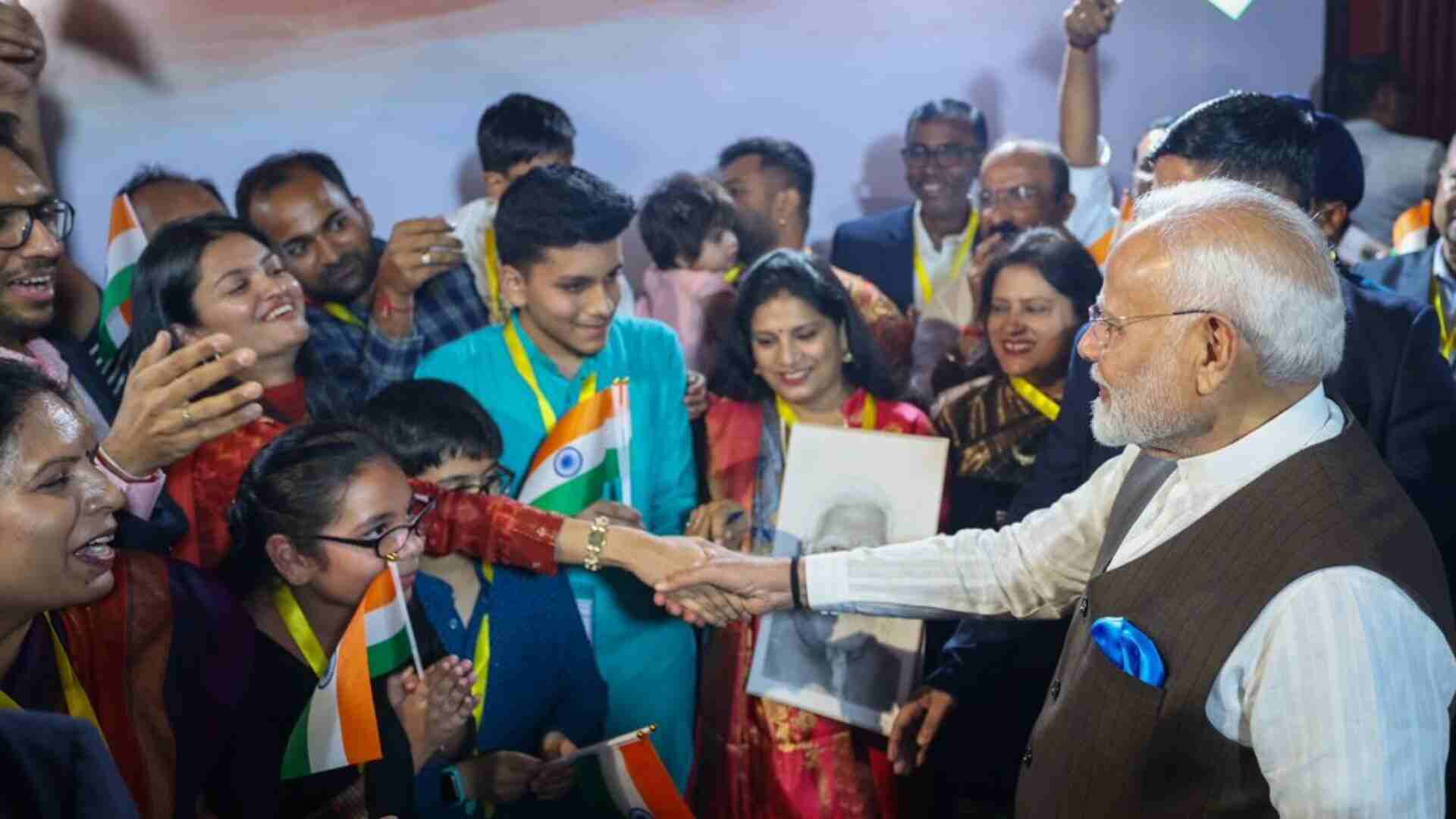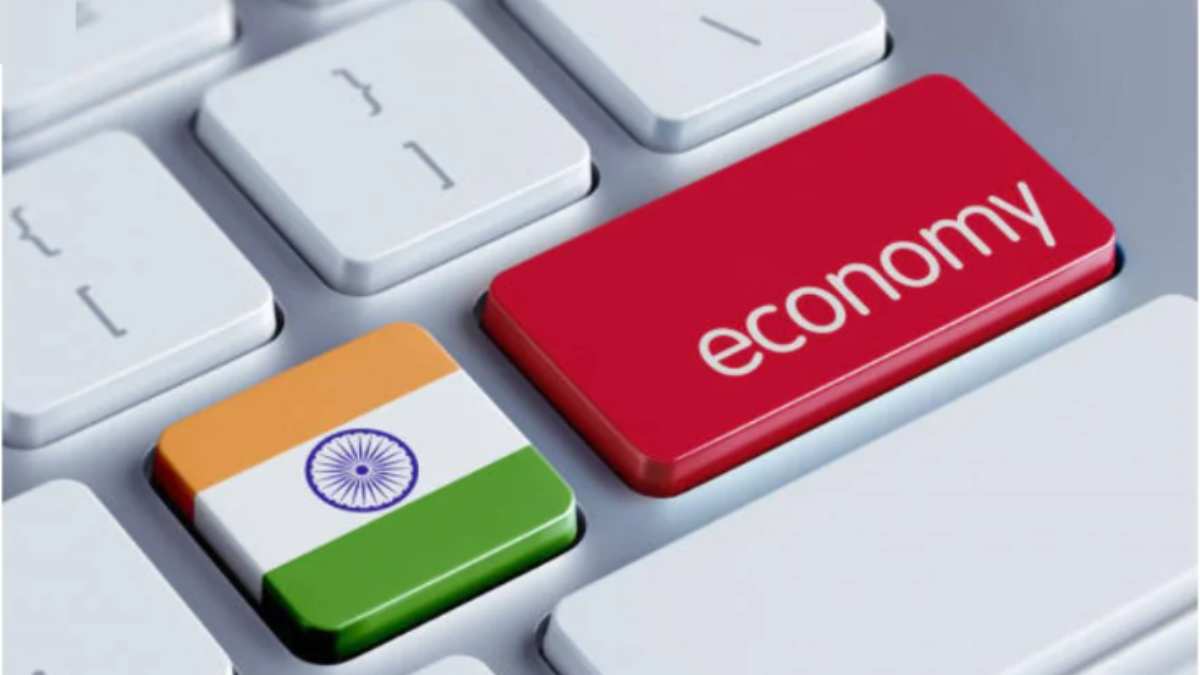
Former Congress president Sonia Gandhi and other opposition leaders are peeved with BJP government for refusing to discuss India China border issue ‘Cheen Pe Charcha’ in the parliament. Soon after the Yangtse faceoff between Indian and Chinese forces, there has been a high decibel demand from the opposition for economic decoupling with China. Is Economic decoupling with china possible? What is India doing to protect itself – both from economic and geo political dominance of China? To answer these questions we must know what China is and its priorities. China’s Quest for Global Dominance Economic dominance and Military power have historically been the key drivers of Chinese leadership. It’s no exaggeration to say that both have been pursued with visionary zeal by the country. A case in point – In 2021 after the onslaught of Covid19, IMF predicted that there would be a global growth contraction by 4.4% and all economies will shrink. But China’s exports rose that year and it had a trade surplus of USD 535 Billion. Notwithstanding the scuffles from 1969 with China, Russia continues to import from china even today. Its common knowledge that USA and China never had love lost between them yet, China enjoys a trade surplus with USA. In 2021 it increased by 7.1 % to USD 317 Billion.
Not to forget that in 2018 both countries imposed 25% tariffs of each other’s import products only to reach a trade deal amicably in 2019. Every country is dependent on China for trade. China signed a pact with EU and signed a Regional Comprehensive Economic Partnership with ASEAN countries. RCEP, the world’s largest trade agreement will cover 2.2 billion people and its member states whose combined GDP of USD 26.2 trillion accounts for around 30% of total global GDP. China’s quest for economic dominance can also be seen from its monopoly on Rare Earth Elements. China’s Rare Earth Monopoly It is believed that just as there is oil in the Middle East, there are rare earths in China. Rare Earth Elements are a set of 17 chemical elements and their strategic importance cannot be underestimated. Rare-earths have enormous impact on our daily lives. It’s almost impossible to imagine a piece of modern technology without them. All modern media and communication devices-cell phones, televisions, and computers have them. Solar panels, automobiles especially electric vehicles, speakers of a sound system, electrical sensors, mirrors, lenses need them. Even diesel is refined using rareearth cracking catalysts. Hybrid automobiles are powered by rechargeable battery that has permanent magnets containing these elements. Rare earths are a critical component of many high technology goods and they have many applications in Defence and weaponry like cruise missiles, precision guided ammunitions, reactive armours, radar systems etc. These elements are used in the production of various green technologies right from wind turbines to solar panels.
China has a monopoly on Rare Earths and world countries have no option but to import from China. The opposition should know that India is no exception. India’s Efforts in Economic Self-Sufficiency India missed 3rd Industrial Revolution due to policies of UPA government. We became dependent on imports. Instead of manufacturing electronic components like Taiwan, Indonesia, Japan, Singapore, India became a market place for the same. India’s trade deficit, which was $1 billion with China in 2003-04, shot up to a whopping $36 billion in 2013-14. Unfortunately we were also misguided by some economists that manufacturing was not for India. For example Information Technology companies back then never believed in innovation leading to productization.
The Modi government is changing this thought process. As a first step India stopped non-essential imports from China. The Indian Railways cancelled an INR 471 Crore deal with a Chinese firm – state-owned telecom firm BSNL was instructed not to use gear from Chinese firm Huawei for a network upgrade. The government has mandated all products to have the Country of Origin tag for products on the Government e-Marketplace (GeM) in an effort to identify Chinese-origin goods. To provide a major boost to manufacturing, the Production-Linked Incentive (PLI) Scheme has been launched with an outlay of Rs 1.97 lakh crore. It is making Indian manufacturers globally competitive, attracting investments and cuttingedge technologies, creating economies of scale, enhancing exports to make India an integral part of the global supply chain. 25 sectors are chosen and supported with investment, innovation, best in class manufacturing infrastructure, ease of business and skill development. Industrial Information System (IIS) has been created for detailed information on 3500 industrial clusters, covering 4.8 lakh hectares from all States / UTs of the country. Today Indian manufacturers are able to leverage data from – connected machines, equipment, IoT sensors to transform their existing manufacturing processes. India is also deploying disruptive technologies like the AI (Artificial Intelligence) with ease resulting in high quality products – for India and for the world. India used to import almost 100% of its mobile phones with only two plants making mobile phones in this country. Today we have over 200 companies in the mobile phone ecosystem and we are now not only producing for India but we are a large exporter of mobile phones. The imports of toys from China dropped 80 per cent to $59 million. India’s overall toy imports have declined by more than 70 per cent in the past three years, from US$371 million in the 2017-18 financial year to US$110 million 2021-22. India’s exports too have jumped by 61.3 per cent from US$202 million to US$326 million. ACT EAST POLICY India kept the ASEAN-India Trade in Goods Agreement (AITIGA) of 2010 continually at the forefront of engagement. In accordance with the Agreement, ASEAN Member States and India have agreed to open their respective markets by progressively reducing and eliminating duties on 76.4 per cent of goods and liberalising tariffs on over 90 per cent of goods. In the last 10 years, Merchandise trade between ASEAN and India has increased significantly – exports increased by 23 per cent and imports by 55 per cent. India also signed the ASEAN Comprehensive Economic Cooperation Agreement (CECA) -Trade in Goods, Services, and Investment Agreement with Brunei, Cambodia, Indonesia, Laos, Malaysia, Myanmar, Philippines, Singapore, Thailand and Vietnam. As a result bilateral trade with these nations has increased. Modi’s ‘MAKE IN INDIAFOR THE WORLD’ is a Vision backed by strategy. The opposition should repose faith and align with this vision. It will surely help in fire walling China’s economic onslaught. Karuna Gopal Vartakavi is the President, Foundation for Futuristic Cities and BJP National Incharge, Women Policies & Research
